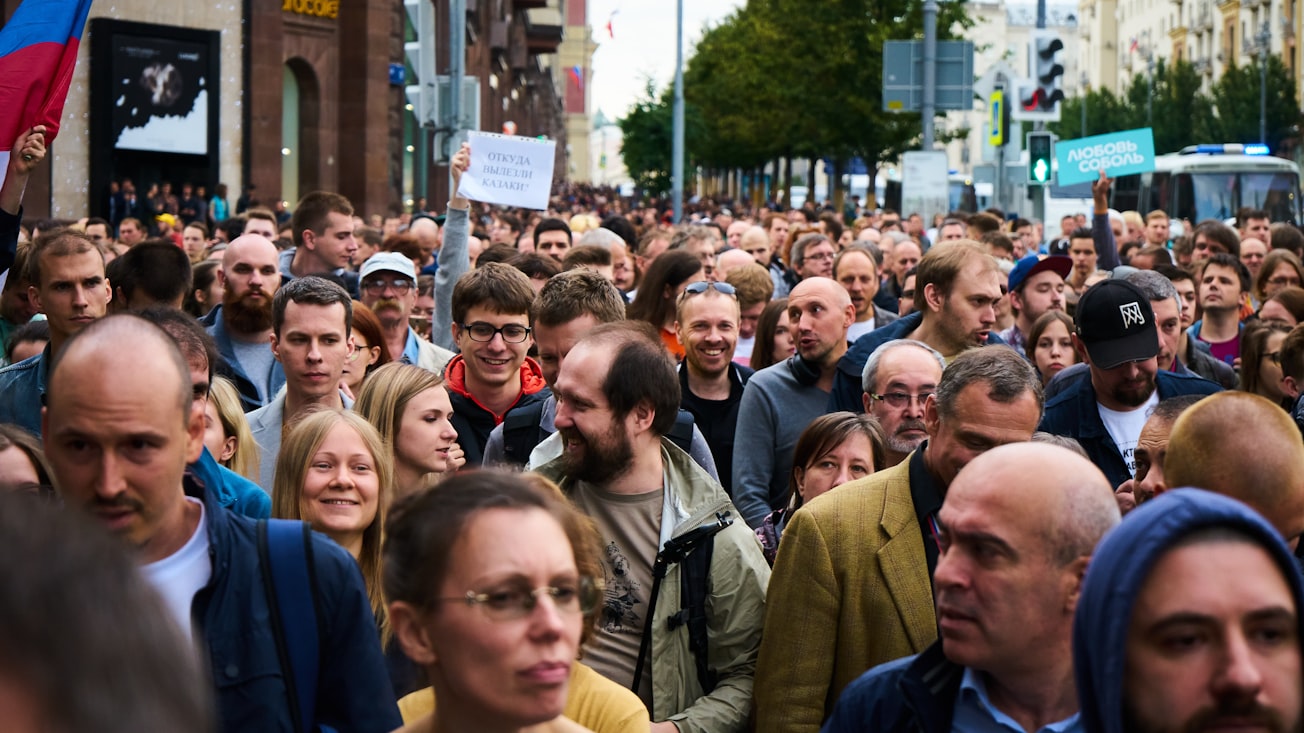What is it about?
The strength of Peace Journalism training in the journalism and media sectors is the main topic of this article. It discusses the methods that journalists with prior training in Peace Journalism typically use to get around institutional obstacles to the creation of more constructive coverage. The article explains the training benefits that are transferred to the journalists (awareness and altered priorities), those that are used by the journalists in their reporting (practices), and those that produce effects beyond the journalist's approach, demonstrating the various levels of impact of Peace Journalism training in pre and post peace agreement disputes.
Featured Image

Photo by Valery Tenevoy on Unsplash
Why is it important?
This is significant because it demonstrates that while upholding their professional ethics, journalists may play a role in promoting the establishment of peace in conflict-ridden communities. It also demonstrates the range of benefits from such training and the necessity of peace-focused journalism education for journalists to be more responsible in their work.
Perspectives
Researchers must emphasise where democratic duties lay and provide answers at a time when global crises jeopardise the peace and stability of local and global communities. By concentrating on the subject of journalism and media, this article attempts to support this goal.
giuliana tiripelli
Read the Original
This page is a summary of: Overcoming the peace journalism paradox: A case study in journalist training as media development aid, Journal of Applied Journalism & Media Studies, June 2022, Intellect,
DOI: 10.1386/ajms_00091_1.
You can read the full text:
Contributors
The following have contributed to this page










